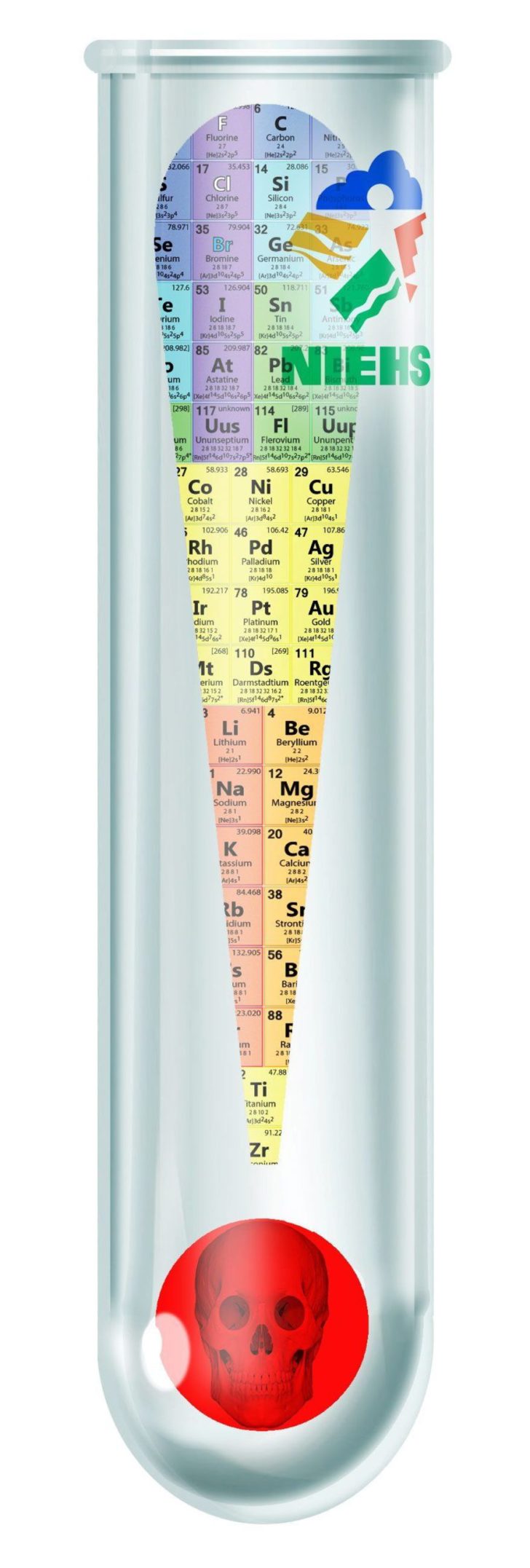It’s great news the Trump administration is starting to dismantle the junk science life-support system for government overregulation. Budget cuts at the Environmental Protection Agency (EPA), and reforms of science advisory panels at the Department of Interior and EPA, stir hope the agencies’ longstanding reigns of terror via “science” may come to an end.
But let’s not stop at EPA and Interior. Office of Management and Budget chief Mick Mulvaney could save taxpayers $690 million per year by eliminating the National Institute of Environmental Health Science (NIEHS), which is at least 20 years past its expiration date. At the very least, its Obama-appointed director, Linda Birnbaum, should be removed immediately.
NIEHS was formed in 1965 in the wake of Rachel Carson’s book “Silent Spring.” Carson alleged chemicals in the environment caused cancer and other health effects. Though the book was innuendo-laden and evidence-free, in the absence of any serious existing scientific study of the controversy, arguably legitimate questions were raised.
These concerns led not only to government-funded research programs but better-safe-than-sorry-themed laws and regulations.
By 1978, the Carter administration organized the National Toxicology Program (NTP) within NIEHS with the mission of evaluating chemicals and other agents of concern to public health.
The NIEHS-NTP’s initial focus was whether chemicals and other agents in the environment caused cancer. Without any existing scientific evidence to back up this notion, government scientists went about trying to invent some laboratory animal experiments worthy of “Saturday Night Live.”
Because exposing lab animals to typical levels of chemicals in the environment didn’t increase cancer rates, scientists tested the highest possible doses — just short of outright poisoning — on animals specially bred to develop cancer spontaneously. So an increased rate of cancer could be induced in special lab mice with the controversial apple tree pesticide Alar, for example, by dosing them with an amount equivalent to the Alar exposure from a hypothetical person drinking 19,000 quarts of apple juice per day.
Such absurdity aside, the results of the laboratory animal tests proved to be useless. By the late 1990s, a review reported that 85 percent of the chemicals tested by NIEHS were reported to have either had a cancer-causing or even an anti-cancer-causing effect on some tissue in some species of lab animal. The study authors concluded, “This suggests that most chemicals given at high enough doses will cause some perturbation in tumor rates.”
Most importantly, however, and completely ignored by NIEHS-NTP is the reality that no epidemic of chemical-caused cancer has ever been observed in the real world. None of the various and so-called “cancer clusters” that have been reported over the decades have ever been confirmed as related to chemicals. Cancer, it seems, is largely a matter of aging and genetics. We know that very high exposures to radiation, smoking and some asbestos fibers are associated with increased cancer risk. But chemicals in the environment? No evidence supports that notion.
Worried about the failure of its chief claims, the anti-chemical industry embraced a new alarm in the 1990s — even the lowest levels of environmental exposures to chemicals disrupt hormonal or endocrine systems.
The so-called “endocrine disrupter” scare kicked off in 1996 with (again) a book entitled “Our Stolen Future: Are We Threatening Our Fertility, Intelligence and Survival?” Unfortunately for the scaremongers, the highly touted scientific study published in Science magazine to coincide with the book’s release had to be retracted because its federally funded authors, the government determined, had committed scientific misconduct by falsifying results.
This didn’t stop the NIEHS-NTP from hopping aboard the endocrine disrupter railroad even after the scare was later debunked by a special panel of the National Academy of Sciences and the failure of any ensuing studies to hold up to ordinary scientific standards and scrutiny.
And what role does Linda Birnbaum play in this?
 |
I helped end the EPA’s panic about dioxins during 1999 and 2000 with an inexpensive study reporting that a single scoop of Ben & Jerry’s ice cream contained about 2,000 times the level of dioxin that EPA believed could be safely consumed. Since no one thought of Ben & Jerry’s as a poison, that was basically the end of the scare. Ironically, it was her own research that Mrs. Birnbaum is most proud of that made my Ben & Jerry’s study possible.
Mrs. Birnbaum was appointed to lead NIEHS-NTP in 2009 — largely because she was willing to expand the agency’s mission to include the health effects of climate change while the other candidate for her job was not, according to a knowledgeable source.
She is now caught in controversy over her NIEHS-NTP awarding $92 million in research contracts to a controversial research group with which she is presently affiliated, the Bologna, Italy-based Ramazzinni Institute. Researchers there have been trying for decades to link chemicals in the environment with cancer and other health effects. Two congressional committees are investigating.
On one hand, Mrs. Birnbaum and fellow anti-chemical activist-researchers should be thanked for their valuable services. Despite their best efforts to validate Rachel Carson, they failed — and not from lack of trying or funding.
We now know low levels of chemicals in the environment are nothing to panic about. Unfortunately for the 70-year-old Mrs. Birnbaum and her ilk, that is not the outcome they wanted, expected or can accept from a careers’ worth of work. The chemical alarmism industry is going to keep at it as long as the money flows its way.
So it’s up to the new administration to say thanks, cut the funding and move on to real problems.
Steve Milloy is a senior legal fellow at the Energy & Environment Legal Institute and the author of “Scare Pollution: Why and How to Fix the EPA” (Bench Press, 2016)

No comments:
Post a Comment